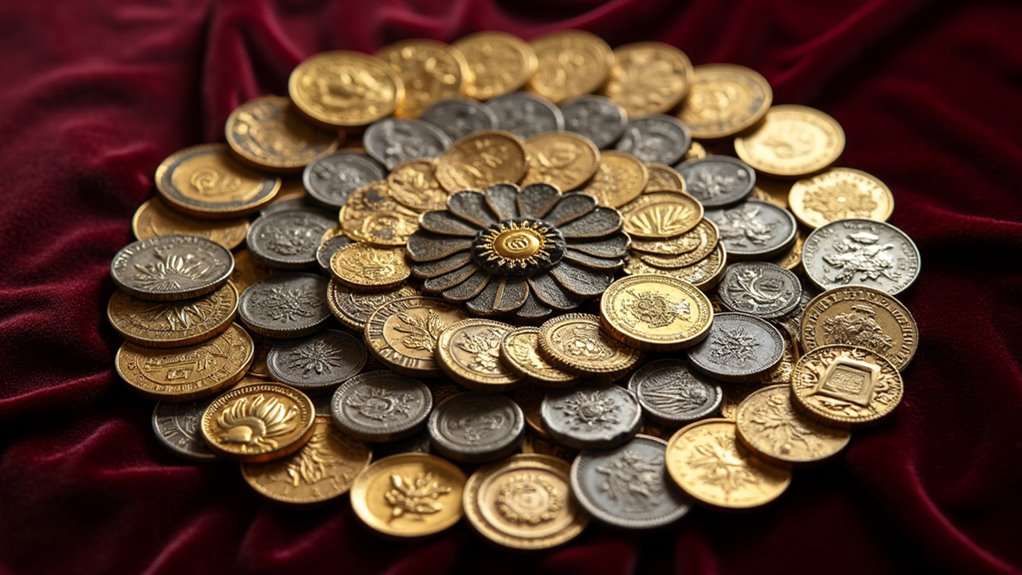European Gold Market Analysis and Australian Perspective
Current Gold Price in EUROS – EUR Gold Prices
Gold is making a significant impact in European markets, currently trading at €92.66 per gram, representing a robust weekly gain of 1.94%. The precious metal is valued at €2,409.28 per ounce, despite experiencing a modest daily adjustment of 0.64%. For bulk investors operating in kilogram quantities, the current valuation stands at €77,460.15.
Weekly performance demonstrates gold’s characteristic market volatility, with prices moving between €89.08 and €91.85. This range reflects the ongoing dynamic nature of precious metals markets that seasoned investors have come to understand and anticipate.
European Market Dynamics
The European gold market operates within a complex environment influenced by multiple factors. The euro-dollar exchange relationship plays a fundamental role in determining relative valuations, while European Central Bank monetary policy decisions continue to shape investor sentiment and market direction.
Germany and Switzerland maintain their positions as Europe’s premier gold trading centres, with Switzerland processing approximately 70% of global gold through its internationally renowned refineries. Meanwhile, London continues its historical role as the benchmark authority for global gold pricing standards.
European investors are demonstrating strong commitment to gold through various investment vehicles, including physical coins and exchange-traded funds (ETFs). The current Gold-to-Silver ratio of 92.666 provides valuable insight into market sentiment regarding relative valuations between these two precious metals.
Institutional Positioning and Market Indicators
European central banks have maintained consistent gold acquisition programmes, reinforcing gold’s status as a fundamental reserve asset. This institutional confidence reflects broader economic considerations including inflation hedging, currency diversification, and geopolitical risk management.
Market sentiment continues to respond to global economic developments, inflationary pressures, and international relations. These factors collectively influence day-to-day price movements while reinforcing gold’s traditional role as a store of value during periods of uncertainty.
Online trading platforms report sustained engagement from investors monitoring price movements across various timeframes. This accessibility has democratised gold investment, allowing greater participation across different investor segments.
Future Outlook and Australian Perspective
Analysts maintain a generally optimistic outlook for gold’s continued performance, citing ongoing economic uncertainties and central bank purchasing activity as supportive factors. European tax policies create varied demand patterns across different jurisdictions, contributing to market complexity and potential opportunities.
For Australian investors, understanding European gold market dynamics offers valuable international context. As a leading gold producer, Australia maintains strong connections to global market movements while benefiting from our unique position in the Asia-Pacific region. The relationship between European markets and our domestic gold industry provides Australian investors with broader perspective on potential price influences and market directions.
Technological innovations continue enhancing trading accessibility, though many investors maintain preference for physical gold holdings alongside digital investment options. This balanced approach reflects gold’s dual appeal as both a financial instrument and a tangible asset.
Seasonal demand patterns, including wedding seasons and cultural celebrations, contribute additional cyclical elements to the overall market picture. These predictable influences can offer strategic opportunities for well-informed investors familiar with historical patterns.
Frequently Asked Questions
How Do Geopolitical Tensions Affect Gold Prices in European Markets?
Geopolitical tensions consistently influence European gold markets, with regional conflicts and diplomatic uncertainties often triggering increased investment activity. The Russia-Ukraine situation and various internal European Union policy discussions represent significant factors in current market sentiment.
During periods of heightened uncertainty, investors typically increase gold allocations as part of risk-management strategies. Sanctions and trade restrictions can further impact supply chains and pricing structures, creating both challenges and opportunities within the precious metals sector.
The ongoing effects of Brexit continue influencing market dynamics, particularly regarding London’s historical role in gold price benchmarking and European investment flows.
What Is the Historical Relationship Between the Euro and Gold Prices?
The euro-gold relationship has evolved significantly since the euro’s introduction in 1999. Initially characterised by relative stability, the relationship developed a stronger positive correlation during 2003-2009 as both moved counter to US dollar trends.
The 2008 global financial crisis marked a notable divergence point, with gold prices advancing while the euro experienced pressure. Subsequent European debt challenges and pandemic-related economic responses have further demonstrated the complex interplay between currency valuations and precious metals markets.
This historical perspective helps investors understand how monetary policy decisions and economic conditions influence relative valuations between currencies and gold.
How Do European Gold ETFs Compare to Physical Gold Investments?
European gold ETFs offer distinct advantages including streamlined trading processes and reduced logistical requirements compared to physical holdings. These investment vehicles provide immediate market liquidity through established exchanges, contrasting with physical gold’s requirements for secure storage and handling.
While ETF structures eliminate certain physical ownership considerations, they do involve ongoing management fees and trust in custodial arrangements. Physical gold offers tangible possession without counterparty risks, appealing to investors seeking direct ownership.
Each approach presents different benefits aligned with specific investment objectives, time horizons, and risk management preferences. Many sophisticated portfolios incorporate both strategies to leverage their complementary characteristics.
What Are the Tax Considerations for Gold Investment Across European Nations?
Tax treatment for gold investment varies significantly across European jurisdictions, creating important considerations for international investors. Investment-grade gold enjoys Value-Added Tax (VAT) exemption throughout the European Union, representing a consistent baseline treatment.
Capital Gains Tax applications differ substantially between countries, with Germany applying approximately 12.5% on profits while France offers potential exemptions after extended holding periods. Some jurisdictions implement additional precious metals-specific regulations that further differentiate the investment landscape.
While harmonisation efforts continue at the European level, local variations remain significant factors in investment planning and strategy development.
Note: This market analysis is provided for informational purposes only and does not constitute financial advice. All investors should conduct their own research or consult with qualified financial professionals before making investment decisions.



